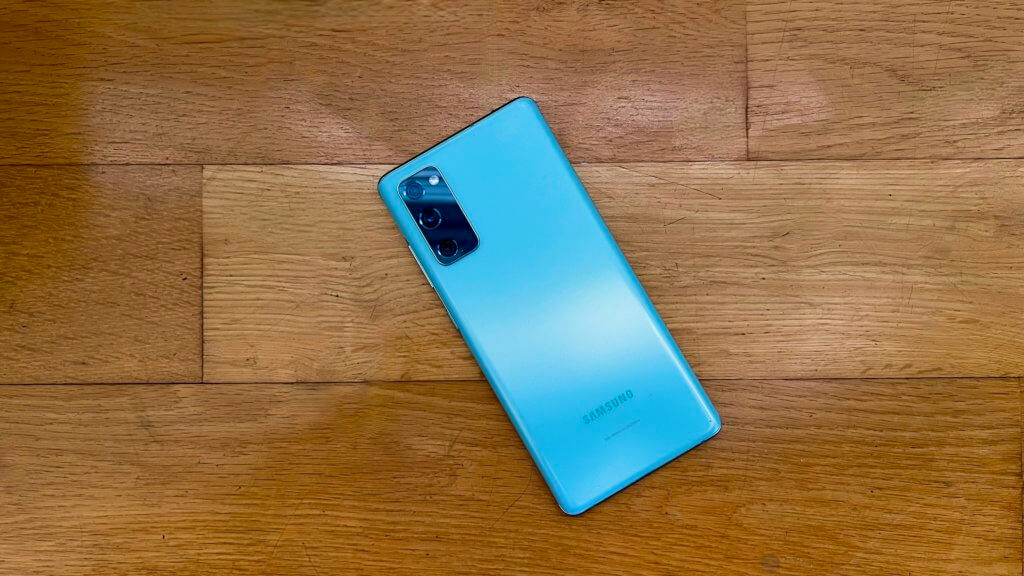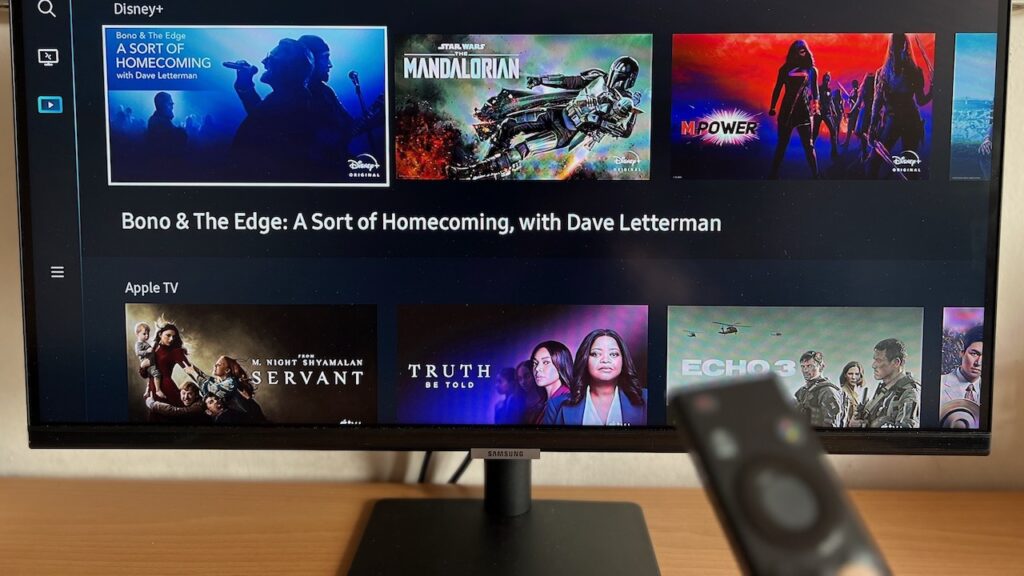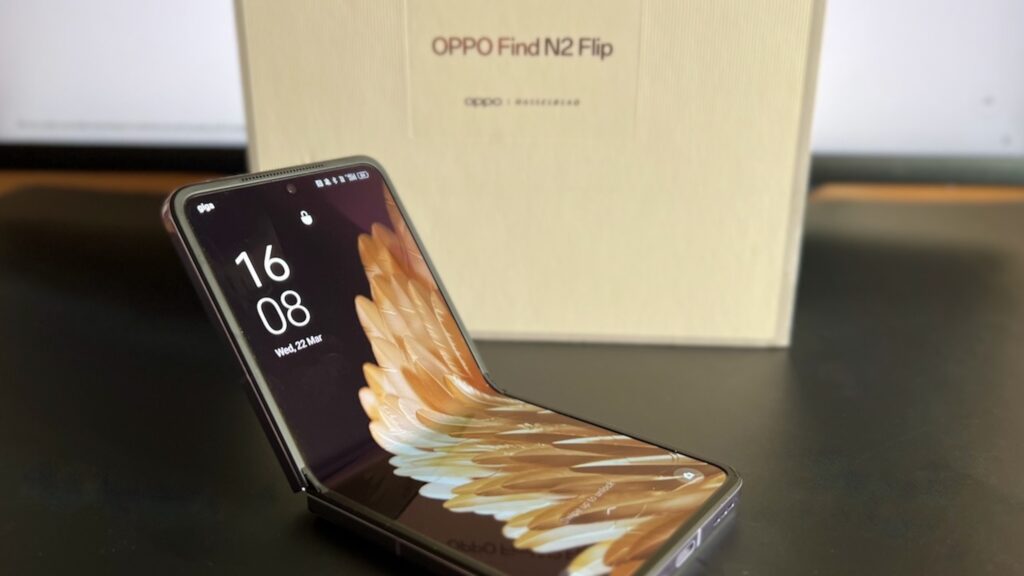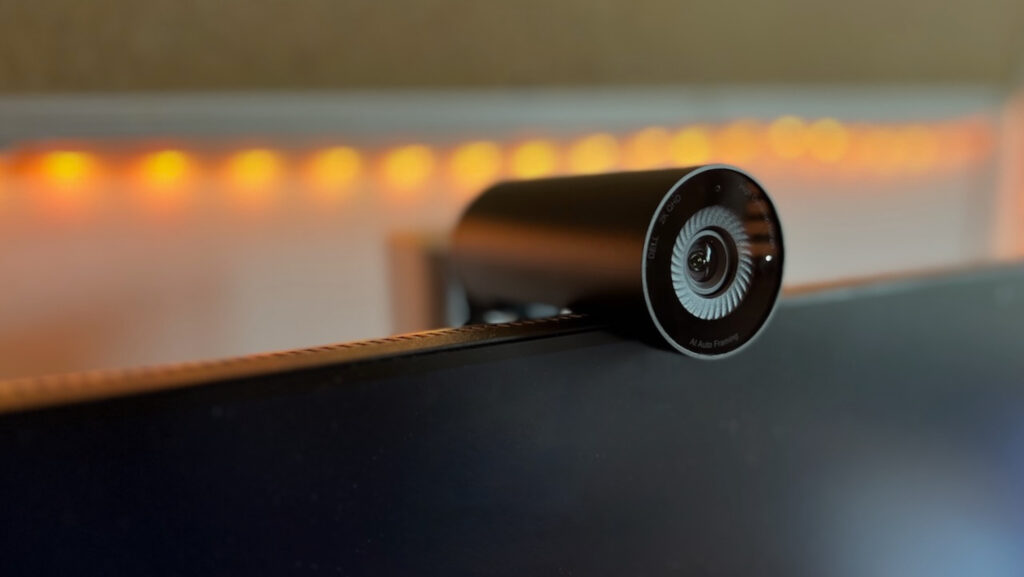Imagine this: You got a brand new shiny, flagship Galaxy S series (rip Galaxy Note) in Singapore. You anxiously, but delicately cut open the seal to expose the beautiful compound of metal and glass.
The vibrant super AMOLED display greets you, along with its fluid animations. You start installing all your apps and restoring your data, eventually making it your daily driver. And start running intensive tasks and start gaming on it, realising the device gets a little hot to the touch and feels a little sluggish.
You shrug this off, until you realise you were using an inferior version of the phone all along.
See, Samsung for the longest time made 2 versions of their flagship Galaxy S and Note series, one for the international market, and one for select countries like the US and Korea.
These versions differ by their processors: Qualcomm’s Snapdragon chips for the select countries, and Samsung’s in-house Exynos chips for the international market.
Our local telcos and Samsung stores sell the international version of the Galaxy S series, and they don’t explicitly tell you what processor is in the device. The Singapore Samsung store simply lists the S21 Ultra’s processor as “2.9GHz Octa-core”, leaving it up to interpretation.
Thankfully, third party sites like Android Authority give rundowns of the regions where Exynos is used, even before the devices are being sold.
So, what are the differences and the impact it has on local consumers? Let’s find out.
Snapdragon
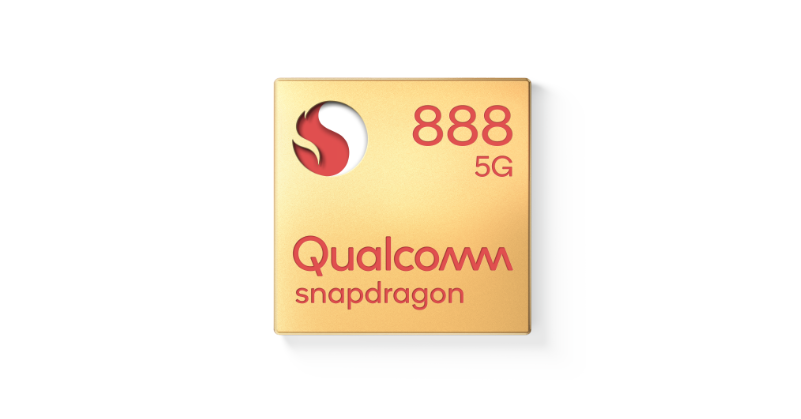
Qualcomm’s Snapdragon chips power most of the Android device market and there is a reason why. Their chips come closest to the speed and efficiency of Apple’s A series chips.
Manufacturers like Xiaomi, Oppo, Google (until they released Tensor), and even Samsung (sometimes) purchase chips directly from Qualcomm instead of making a large investment to produce their own in-house chips.
That is why you see most Android flagship smartphones having the same processors every year, right after Qualcomm releases their newest chip.
There are some issues with the choice though. Though manufacturers save some money on chip designing, they are highly dependent on Qualcomm to deliver on their agreed supplies, and are at the mercy of how performant the chips are.
This issue pushed companies like Huawei, Google, and Samsung to transition towards designing their own chips, seeing how great Apple’s in-house chips are at efficiency and performance.
But not all in-house chips measure up to the ones Qualcomm produces.
Exynos
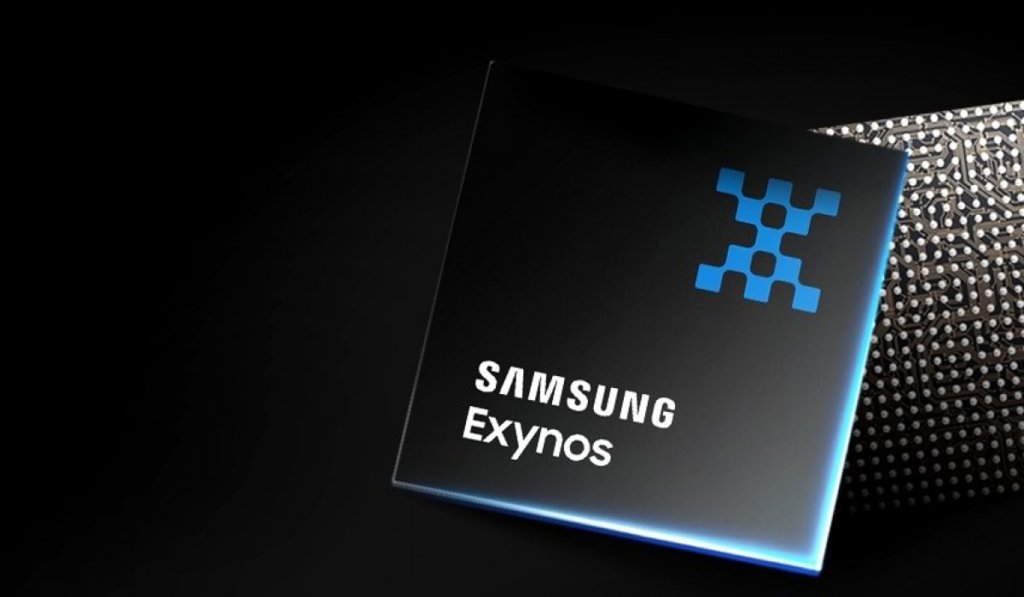
Samsung’s in-house Exynos was used in Samsung devices since 2010 along with Snapdragon chips, sparking a long drawn comparison between the two.
Generally, Exynos Samsung devices lag behind their Snapdragon counterparts due to its difference in chip design and software.
The differences can range from CPU and graphics capabilities to even image processing, leading to some differences in the photos you take with the 2 variants.
Exynos devices also generally run hotter despite having similar clock speeds to Snapdragon ones, causing thermal throttling if you push them hard enough.
You can view MrWhoseTheBoss’s comparison of the Exynos and Snapdragon Galaxy S21 Ultra here to learn more.
How do we get the Snapdragon variant?
While we discussed the differences between Exynos and Snapdragon Samsung devices, note that not all local Samsung devices run on Exynos. Do check third party websites online to find out whether the device you are getting is the Exynos variant.
If it is, you may consider getting the Snapdragon variant by either importing it directly from overseas retailers (keeping in mind the 7% import tax you would have to pay), or getting it from local sellers carrying the Snapdragon variant.
Shopee, Qoo10 and Carousell can be good choices to pick from, but do read each seller’s reviews and reputation before purchasing from them.
Thoughts
Now, it is unknown why Samsung has to release 2 versions of equally priced models in the market when they can just pick one, abolishing the need for comparison in the first place.
My guess is due to some contractual agreements with Qualcomm, Samsung has to release Snapdragon variants of their flagships in the select regions.
Importing Snapdragon devices or purchasing from a third party may open you up to scams and other issues if you are not especially savvy. But knowing the differences between the 2 variants of Samsung devices, would you still get the local versions in the name of convenience? Let me know in the comments below.
Derrick (Yip Hern) founded Tech Composition to provide valuable insights into the tech and finance world. He loves to scour the web for the best deals and embark on software projects during his free time, a typical geek, right?
